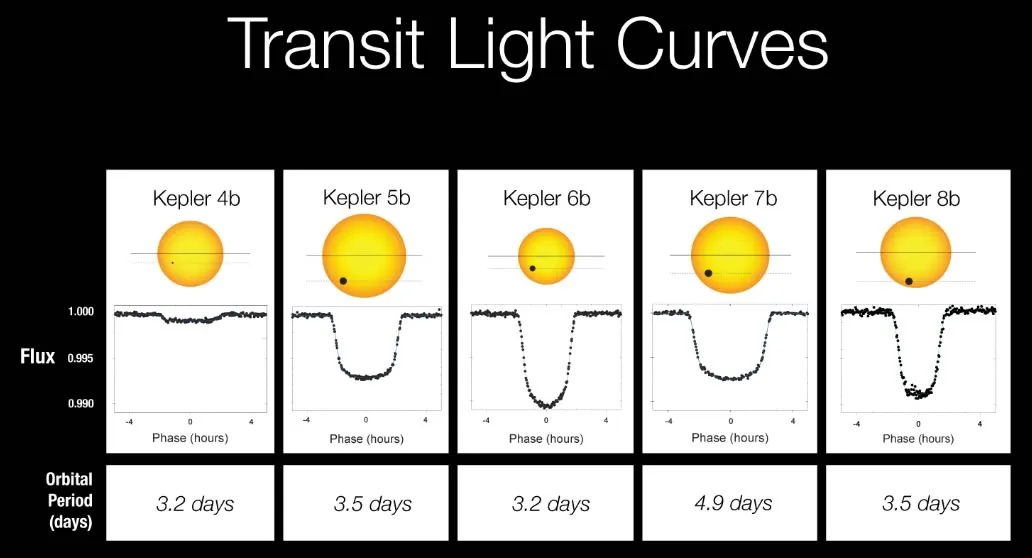The Sun is just a star. This fact, once remarkable, is now utterly commonplace, but its implications are still being worked out. It means that the behaviour we see and study on the Sun should be replicated in many of the hundreds of billions of stars spread throughout the Milky Way, including the starspots studied by Fiona Nichols-Fleming and Eric Blackman in this month’s paper.
We can easily see the Sun’s spots. Even the projected image from a small telescope will show our star’s activity, and the 11-year cycle that sees the number of spots rise and fall has been known for centuries.
When looking at other stars, however, we need less direct methods, which is exactly what Nichols-Fleming and Blackman do here.
Read more from Chris Lintott:
- Do spiral protoplanetary discs mean exoplanets in orbit?
- Speeding star reveals the secrets of the Milky Way
- Back hole jets may be more unpredictable than thought
They used data from NASA’s Kepler mission, a small telescope originally launched into space to look for exoplanets.
Over the course of its career Kepler was responsible for finding thousands of exoplanets, each revealing itself by the small dip in brightness that occurs when they get in front of their parent star.
Kepler’s highly precise monitoring of stellar brightness turns out to be exactly what is needed to understand stellar activity.
Sunspots are cooler than their surroundings, and so they appear dark against the bright surface of the star.
Their presence will thus result in a dip in brightness that Kepler can detect, but the effect of an individual spot can be hard to discern among the noise and natural variability: at the level of precision of modern instruments, essentially all stars are variable stars.

Instead, the researchers assume that the amount the stars vary, averaged over time, is a suitable proxy for how much of the star’s surface is typically covered by spots.
That makes sense – a star prone to being spottier will have larger changes in brightness than one that only suffers the occasional pimple.
That decision made, they can compare a star’s spottiness to its other properties.
One area that is especially interesting is the age of the star. The new science of gyrochronology allows us to calculate the age of a Sun-like star based on its rotation period; as material is flung away from the star by magnetic activity the star slows down, leading to a gradual reduction in rotation rate over time that can be used as a clock.
Using this data, the researchers were able to show clearly that, like humans, stars become less spotty with age.
Exactly how fast this decline in activity proceeds depends on the type of the star, and perhaps on the age itself.
Starspots are magnetic phenomena, and magnetic fields are tricky beasts to understand. There are signs that once a star slows down to rotating less than once every 15 days, the pace of decline slows still further.
That’s a clue that something different is happening on these stars, but just what it is will have to wait for more sensitive instruments and much longer periods of observation.
Chris Lintott was reading…Determination of starspot covering fraction as a function of stellar age from observational data by Fiona Nichols-Fleming and Eric G Blackman. Read it online here.
This article originally appeared in the November 2019 issue of BBC Sky at Night Magazine.
